#eriobotrya
Explore tagged Tumblr posts
Text

Trying loquat for the first time. Sweet, slightly tangy and overall quite tasty. Closest thing I can compare it to would be an apricot. The skin is a bit firm but the flesh is really soft. It also leaves an aftertaste that I can't quite describe, it's almost creamy.
178 notes
·
View notes
Photo
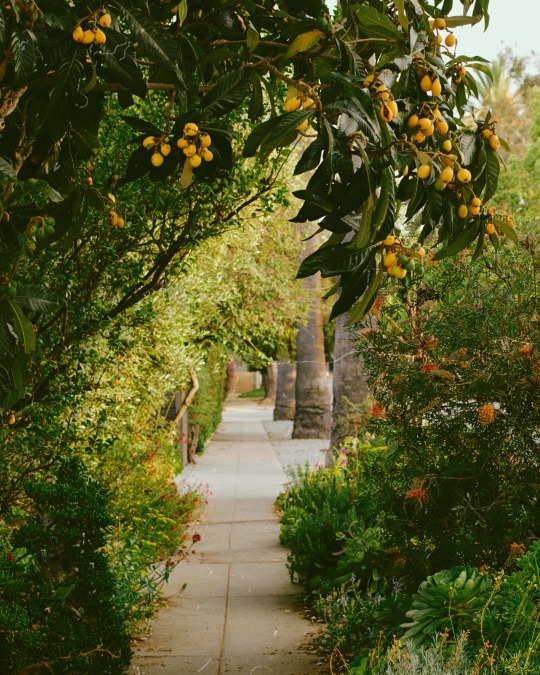
loquat.
south pasadena, ca.
my instant gram.
#eriobotrya#south pasadena#loquat#plant and nature#bokeh#hasselblad 500cm#cfvii50c#medium format#zeissplanar80
167 notes
·
View notes
Text
#2248 - Eriobotrya japonica - Loquat

AKA Japanese plum, Chinese plum, and Japanese medlar, although not actually closely related to the genus Mespilus. The usual common name derives from the Cantonese lou gwat meaning 'black orange', supposed from a confusion with unripened kumquats.
A small tree from the Rose family, native to the cooler hill regions of China, but domesticated at least 1000 years ago for the fruit, leaves, and ornamental appearance, and now widely grown in subtropical and temperate areas worldwide. Quite tasty - I'd happily grow one in my yard.
Huka Falls, Taupo Volcanic Zone, New Zealand.
1 note
·
View note
Text
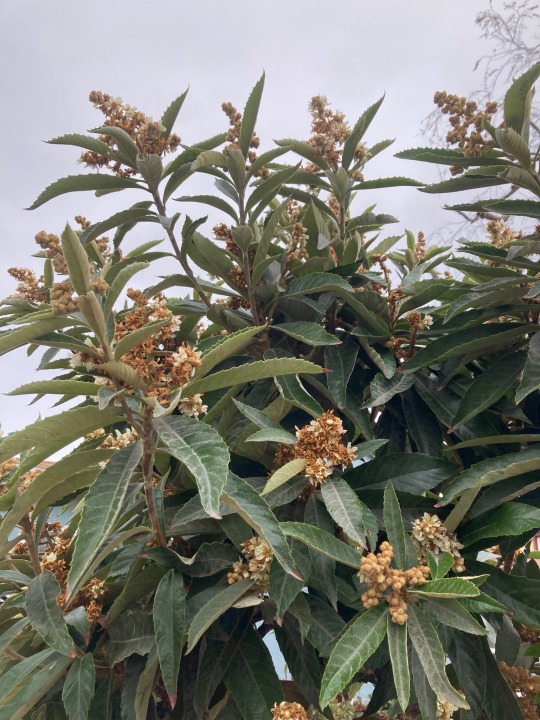
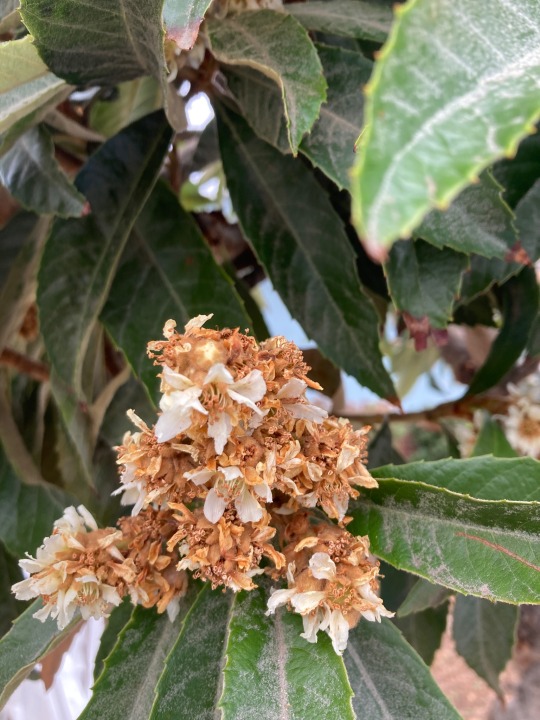
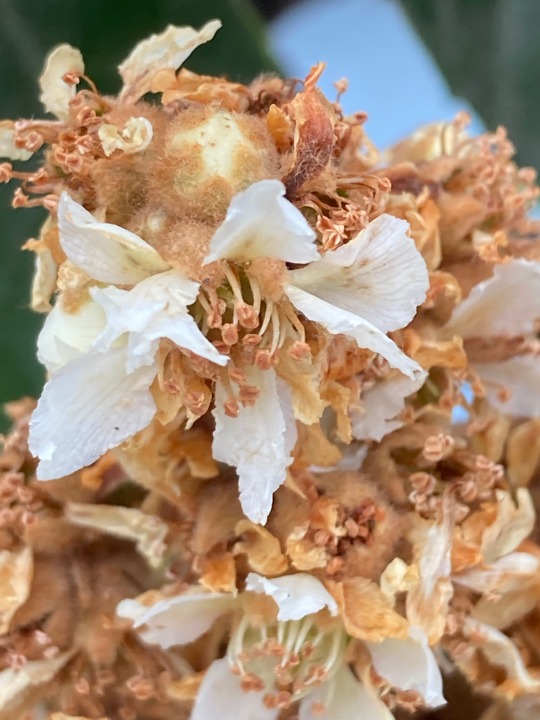
4 notes
·
View notes
Text

Loquat flowers! I couldn't catch them when they were all fresh and open (rainy days), but I still think they're so pretty. Also, shout out to loquats?? They're extremely sturdy, super easy to grow (just accidentally throw a seed somewhere and occasionally water), flowers smell so good, fruits are so yummy. Bless them bless them
#gardenblr#plantblr#loquat#Eriobotrya japonica#rosaceae i love you#this tree is one of the last remaining plants from my childhood that i'm REALLY attached to#if we'll have to move I'll really miss him!!!! he's like... uncle loquat. been in the same pot for 25 yrs AT LEAST. i love you old man!!!#plantposting
5 notes
·
View notes
Text

Nísperos
Imagen: rawpixel
0 notes
Text
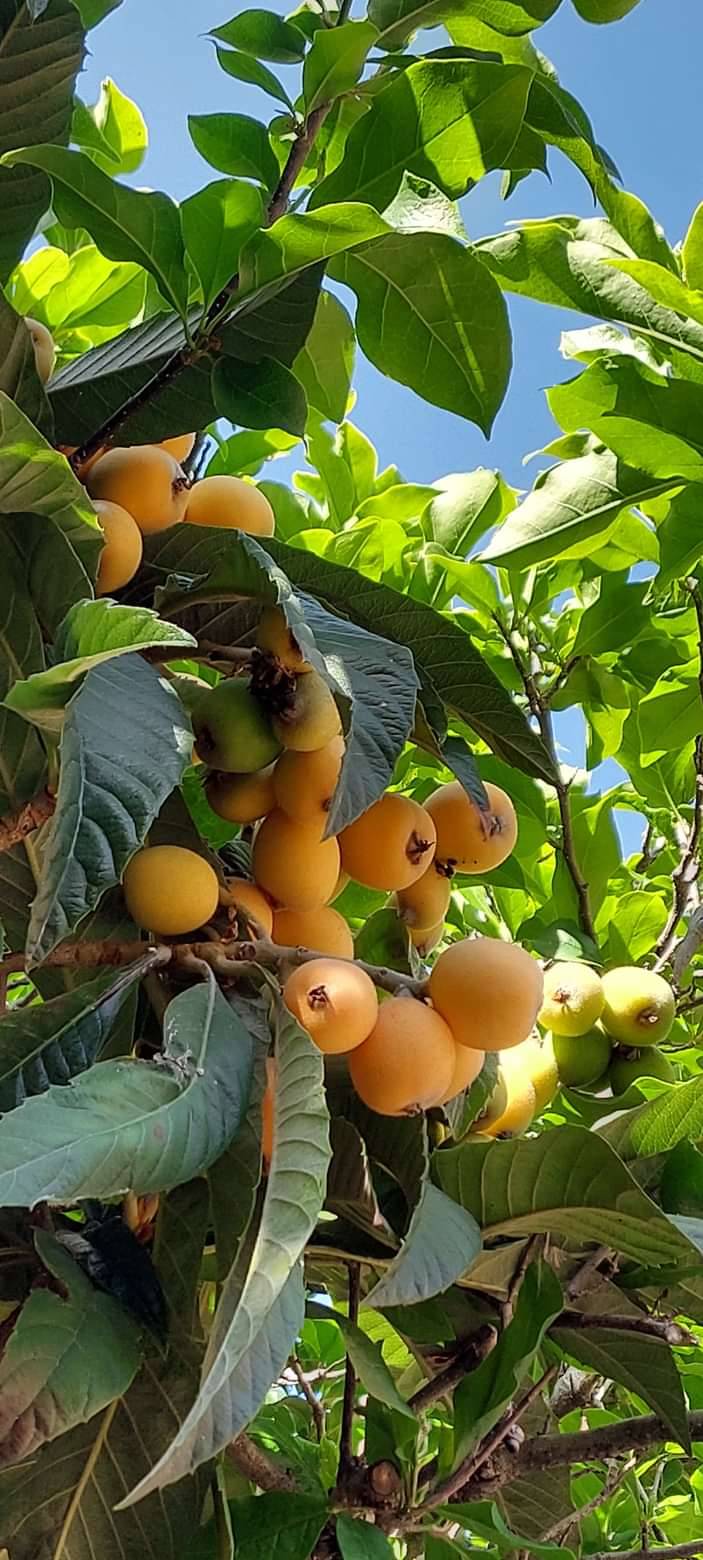
0 notes
Text
Some Uncommon Fruits & Vegetables
to include in your next poem/story
Black sapote - a Mexican persimmon (Diospyros ebenaster) with an almost seedless dark-fleshed fruit.
Buddha's hand - a citron (Citrus medica var. sarcodactylis) that is cultivated in eastern Asia as an ornamental and for its very fragrant fruit which is split into several usually pulpless sections.
Cherimoya - a round, oblong, or heart-shaped fruit with a pitted pale green rind that is borne by a widely cultivated tropical American tree (Annona cherimola) of the custard-apple family.
Loquat - the small yellow edible fruit of an Asian evergreen tree (Eriobotrya japonica) of the rose family.
Medlar - the crab apple-like fruit of a small deciduous Eurasian tree (Mespilus germanica) of the rose family.
Oca - the cultivated tuber of either of two South American wood sorrels (Oxalis crenata and O. tuberosa).
Pawpaw - the edible green-skinned fruit of a purple-flowered North American tree (Asimina triloba) of the custard-apple family.
Salsify - the long fusiform edible root of a European biennial composite herb (Tragopogon porrifolius).
Skirret - the sweet edible tuberous root of an Asian herb (Sium sisarum).
Sunchoke - or Jerusalem artichoke; a perennial sunflower (Helianthus tuberosus) of the U.S. and Canada widely cultivated for its tubers that are used as a vegetable and as a livestock feed.
If any of these words make it into your next poem/story, please tag me. Or send me a link. I'd love to read them!
More: Word Lists
#writing prompt#creative writing#words#writeblr#writers on tumblr#poets on tumblr#poetry#literature#lit#spilled ink#food#fruits#vegetables#langblr#studyblr#word list
67 notes
·
View notes
Text
Végre megérett a nêspera.

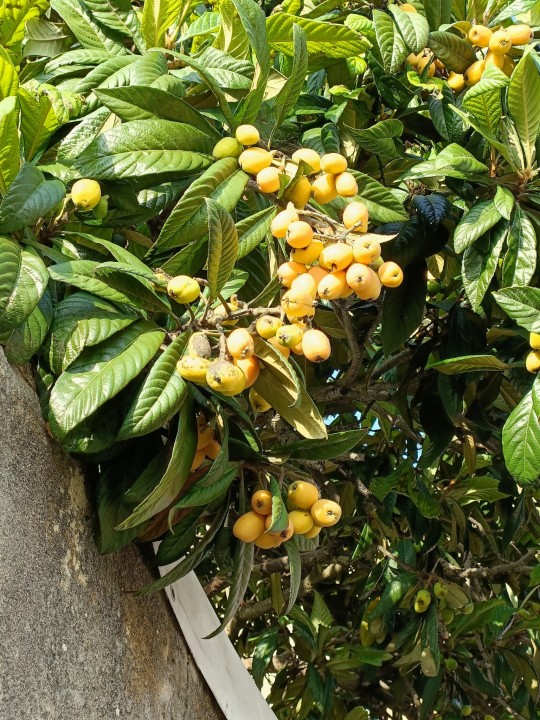
A japánnaspolya (Eriobotrya japonica) a rózsavirágúak (Rosales) rendjébe, ezen belül a rózsafélék (Rosaceae) családjába tartozó faj. De ami sokkal fontosabb, hogy baromi finom, az első tavaszi gyümölcs.
39 notes
·
View notes
Text
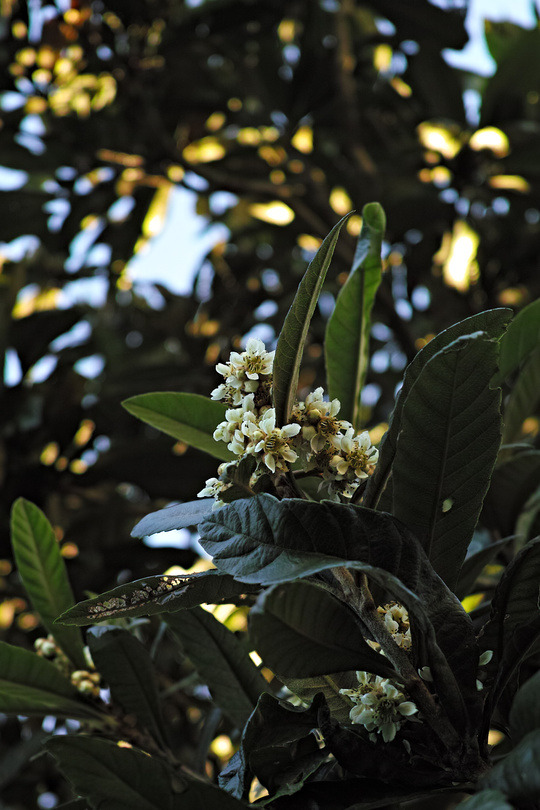
枇杷[Biwa] Eriobotrya japonica
It is said to be so named because the shape of the leaf resembles a 琵琶[Biwa](Japanese lute). Although the specific name is japonica, it is native to south-west China and was introduced in the distant past. https://bunka.nii.ac.jp/heritages/detail/412788 https://ehime-archive.iri-project.org/en/detail/ps-0011
It has been believed that this tree should not be planted in home gardens because it will bring bad luck. There are several theories as to why this is so, but they are unclear. On the other hand, in this cold season, when the number of flowers is drastically reduced, these flowers give off a sweet, mellow fragrance. It produces sweet-tasting fruit in early summer. But the leaves and seeds contain Amygdalin, which is toxic.
By the way, today, December 22, is 冬至[Tōji](Winter solstice). And now, the whole country is affected by the cold wave, with heavy snowfall in some areas.
20 notes
·
View notes
Text
updated version of the post about searching for UMC content
now, with a playlist on YouTube, we have a document, that contains links to all available songs or demo versions of UMC albums. If you have discs or saved recordings that are still not listed, please contact me on tumblr dm or discord -> eriobotrya.
repost it please!

3 notes
·
View notes
Text

Loquat
Also known as níspero
Not to be confused with kumquat or ume (Japanese plum)
78 notes
·
View notes
Text
Pokemon Scarlet/Violet Character Names Explained
Fun fact! The characters in Pokemon Scarlet/Violet are all named after various plants. Yes, all of them. The localizations for their English names did their best to stay true to this, but sometimes their namesake is not always obvious in the English names.
So I thought I'd collect them all and summarize them in a post! You can find all these on a Wiki, but I thought it would be handy to have them all in one place. Warning: this is an image-heavy post.
Team Star Bosses

Giacomo (ピーニャ Piña) - Pineapple: Giacomo is derived from the pineapple's scientific name (Ananas comosus). It's easy to guess why Giacomo was named after the pineapple, with his spikey hair. (Also, yeah, pineapples don't grow on trees, a lot of people don't know that.)
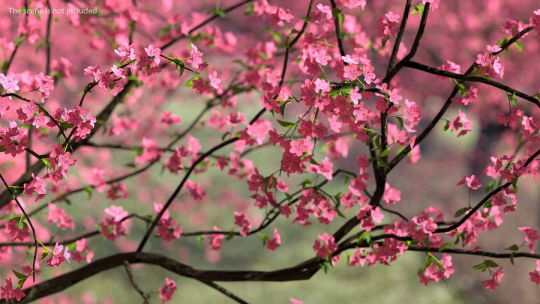
Mela (メロコ Meloco) - Peach Tree: You'd think Mela would be named after the pepper plant, but no, she is named after the Spanish word for peach. Go figure. (Fun fact, it is Rika the Ground-type user who is named after the pepper!)

Atticus (シュウメイ Shūmei) - Japanese Anemone: His English name is derived from the plant genus 'Hepatica.' The Japanese Anemone is a flower in the buttercup family, native to Asia.

Ortega (オルティガ Ortiga) - Stinging Nettles: A traditional medicinal herb, this plant has stinging hairs that irritate skin if touched. A pretty aggressive plant!
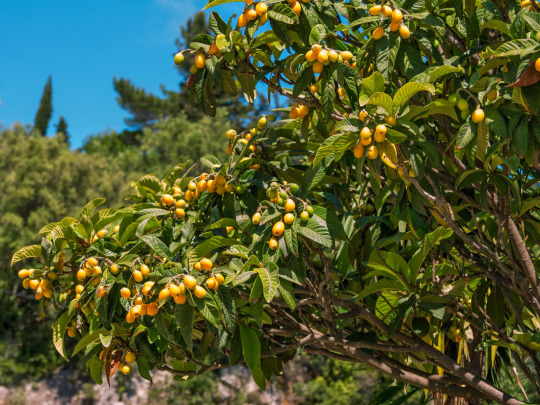
Eri (ビワ Biwa) - Loquat: A fruit tree native to China and popular in Japan. If you're from the US, you might have heard it called "Japanese plum" or "Chinese plum." Eri is dervied from the plant's scientific name 'Eriobotrya japonica.'
Gym Leaders
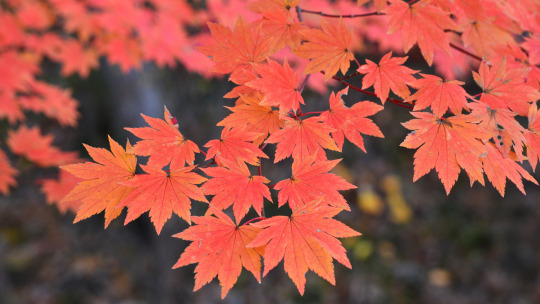
Katy (カエデ Kaede) - Maple Tree: In addition to being named after the maple tree, Katy's English name might also be a play on 'Katydid'

Brassius (コルサ Colza) - Rapeseed: This plant is in the Brassicaceae family, which are a wide range of cultivated crops in the mustard family. Rapeseed in particular is best known for the vegetable oil made from its seeds (canola oil)
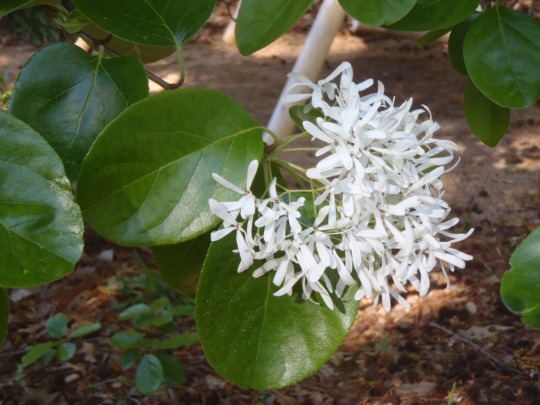
Iono (ナンジャモ Nanjamo) - Chinese Fringetree: A species of tree in the olive family that is native to Asia and produces many pretty white flowers. The Japanese name for Iono is a name used for unknown trees (literal translation: "What is it?"), with the Chinese Fringetree often being the culprit of an unknown tree. Likewise, Iono's English name is supposed to sound like "I dunno"

Kofu (ハイダイ Haidai) - Kelp: There are many, many species of seaweed; Kofu's English name refers to a group of edible kelp in particular (often called 'kombu')

Ryme (ライム Lime) - Lime: A play on the words "lime" and "rhyme"

Tulip (リップ Lip): In this case, there is no mystery what plant her English name is referring to!
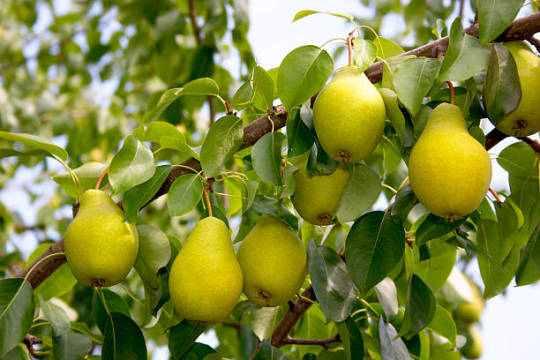
Grusha (グルーシャ Grusha) - Pear Tree: Yeah, Grusha is named after pears. The Russian word for pear, in particular. I have no idea why. Pear trees do have white flowers, so perhaps that's why.
Paldea League

Rika (チリ Chili) - Chili Pepper: Her English name is short for 'Paprika' and her Japanese name is a pun (chili and 地 chi - ground)

Poppy (ポピー Poppy): Again, just like with Tulip, this name is already obvious for English speakers!

Larry (アオキ Aoki) - Spotted Laurel: A shrub with pretty gold specks on its leaves; thrives in damp environments

Hassel (ハッサク Hassaku) - Hassaku Orange: This is a hybrid citrus tree between an orange and a grapefruit

Geeta (オモダカ Omodaka) - Threeleaf Arrowhead: An aquatic plant that grows in swamps and has a starchy tuber that can be eaten. Her English name is derived from the genus Sagittaria.
Main Cast
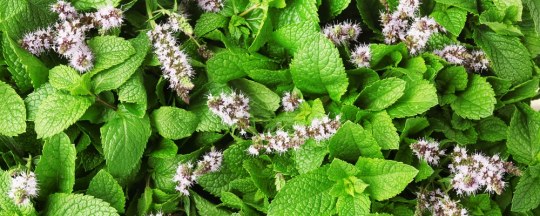
Arven (ペパー Pepper) - Peppermint: Arven is named after the peppermint plant, although his English name derives from the scientific name for a close relative, the corn mint (Mentha arvensis). I like to think Arven was named after peppermint for being a bit 'spicy' and terse when you first meet him, but that is just my wild speculation.
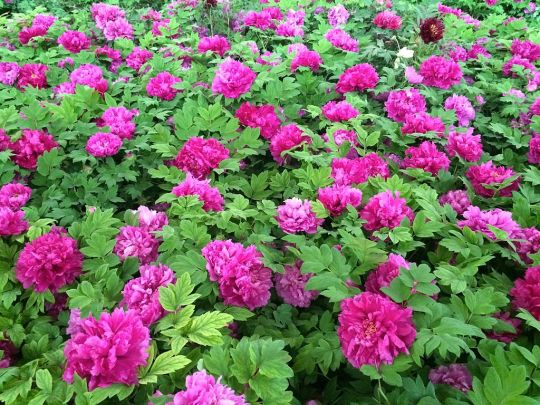
Penny (ボタン Botan) - Peony: Penny is named after the peony flower; the tree peony in particular, which is a manmade cultivar that is a shrub/tree rather than herbaceous. The tree peony is incredibly popular in China, for both ornamental and traditional chinese medicine reasons.
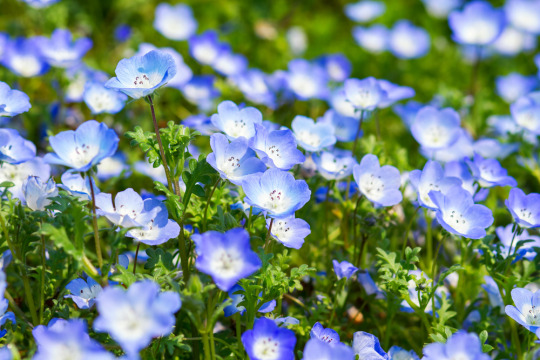
Nemona (ネモ Nemo) - Baby Blue Eyes: The Baby Blue Eyes is a native wildflower to North America (California & Oregon in particular), unlike a lot of the plants on this list. Nemona's name derives from its scientific name in particular (Nemophila menziesii). It bothers me to no end that Nemona is named after a plant called 'baby blue eyes' when her eyes are orange; the California poppy (which is bright orange) seems to make more sense for her? But, who knows what went on in the naming process.
Juliana (アオイ Aoi) - While the player character names are not directly named after a plant, they are inspired by plants in general. Juliana's Japanese name is a pun that means 'springtime' and 'green/young' (her English name comes from the word 'juvenile')
Florian (ハルト Haruto) - Florian's Japanese name, on the other hand, is a pun with 'springtime' and 'spring.' His English name comes from 'flower.'
25 notes
·
View notes
Text










The loquat (Eriobotrya japonica, Chinese: 枇杷; Pinyin: pípá), Эриоботрия японская, мушмула, локва, шéсек. Небольшое вечнозелёное дерево или кустарник подсемейства Яблоневые, в Азии существуют ок. 800 сортов. Родина — влажные субтропики Китая и Японии, где растёт, как правило, на горных склонах. В Японии и Китае мушмулу выращивают уже более 1000 лет.
В тропическом климате мушмула растет по-разному, обычно цветет два или три раза в год.
Family:Rosaceae
Genus:Eriobotrya
The name loquat derives from Cantonese lou4 gwat1 (Chinese: 盧橘; pinyin: lújú; lit. 'black orange'). The phrase 'black orange' originally referred to unripened kumquats, which are dark green in color, but the name was mistakenly applied to the loquat by the ancient Chinese poet Su Shi when he was residing in southern China, and the mistake was widely taken up by the Cantonese region thereafter.
Плоды содержат много витамина А, калия, а также оказывают мочегонное действие. Хорошо утоляют жажду, освежают, а также благотворно влияют на диабетиков, поскольку содержат мало сахаров. Вкус плодов приятный, свежий, сладкий с небольшой кислинкой. В Японии из особо нарезанных листьев мушмулы (сун-гири) готовят чай бива (бива-тя) методом сэндзиру (煎じる). На юге США и в Средиземноморье из фруктов делают разнообразные желе и повидло.
Косточками начиняют тушки птиц перед запеканием в духовке для придания мясу птицы аромата фруктов, ещё из косточек готовят ликёр nespolino.
В традиционной китайской медицине экстракты мушмулы используются для приготовления сиропа от кашля. Порошкообразные листья мушмулы также используются для лечения диареи, депрессии и противодействия алкогольной интоксикации.
Во многих средиземноморских странах сок и измельчённую мякоть плодов мушмулы используют как пищевой уксус или же как сок лимона, смешивают с оливковым маслом и полученным соусом-подливкой спрыскивают листья салата.
При –17°С тонкие ветви погибают, при ��23°С гибнет всё дерево, однако отрастает вновь от корня.
68 Medallion Drive, Oteha, Auckland 0632
7PH8+GV6 Auckland
-36.7212030, 174.7171390
наземные цветковые растения деревья съедобные фрукты
https://t.me/life_yura15cbx/1986?single
More photos full size
0 notes
Text


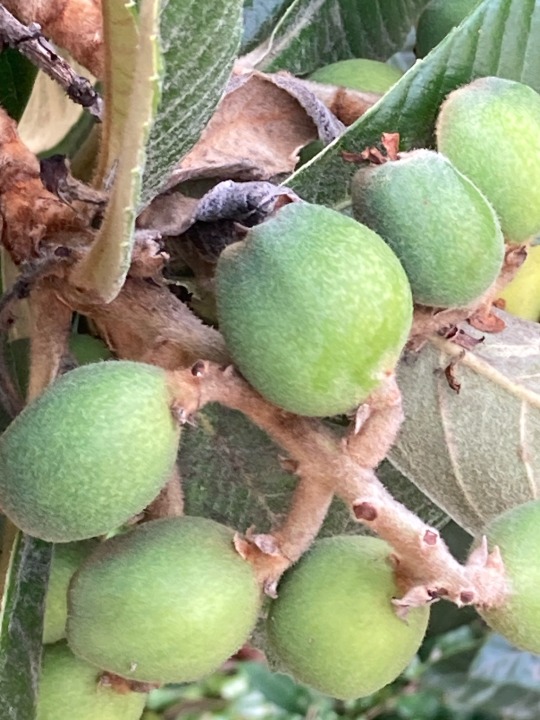

1 note
·
View note
Text
Plants, Vol. 13, Pages 1965: Loquat (Eriobotrya japonica) Is a New Natural Host of Tomato Mosaic Virus and Citrus Exocortis Viroid
Loquat leaves exhibiting obvious yellowing, blistering, mosaic, leaf upward cupping, crinkle, and leaf narrowing were identified in Panzhihua City, Sichuan Province, China. High-throughput sequencing (HTS) with the ribo-depleted cDNA library was employed to identify the virome in the loquat samples; only tomato mosaic virus (ToMV) and citrus exocortis viroid (CEVd) were identified in the transcriptome data. The complete genome sequence of ToMV and CEVd were obtained from the loquat leaves. The full-length genome of the ToMV-loquat is 6376 nt and comprises four open reading frames (ORFs) encoding 183 kDa protein, #RNA-dependent #RNA polymerase (RdRp), movement protein (MP), and coat protein (CP), respectively. A pairwise identity analysis showed that the complete sequence of the ToMV-loquat had a nucleotide identity between 98.5 and 99.3% with other ToMV isolates. A phylogenetic analysis indicated that ToMV-loquat was more closely related to ToMV-IFA9 (GenBank No. ON156781). A CEVd sequence with 361 nt in length was amplified based on the HTS contigs, sequence alignment indicated CEVd-loquat had the highest identity with the strain of CEVd-Balad (GenBank No. PP869624), phylogenetic analysis showed that CEVd-loquat was more closely related to CEVd-lettuce (GenBank No. ON993891). This significant discovery marks the first documentation and characterization of ToMV and CEVd infecting loquat plants, shedding light on potential threats to loquat cultivation and providing insights for disease management strategies. https://www.mdpi.com/2223-7747/13/14/1965?utm_source=dlvr.it&utm_medium=tumblr
0 notes